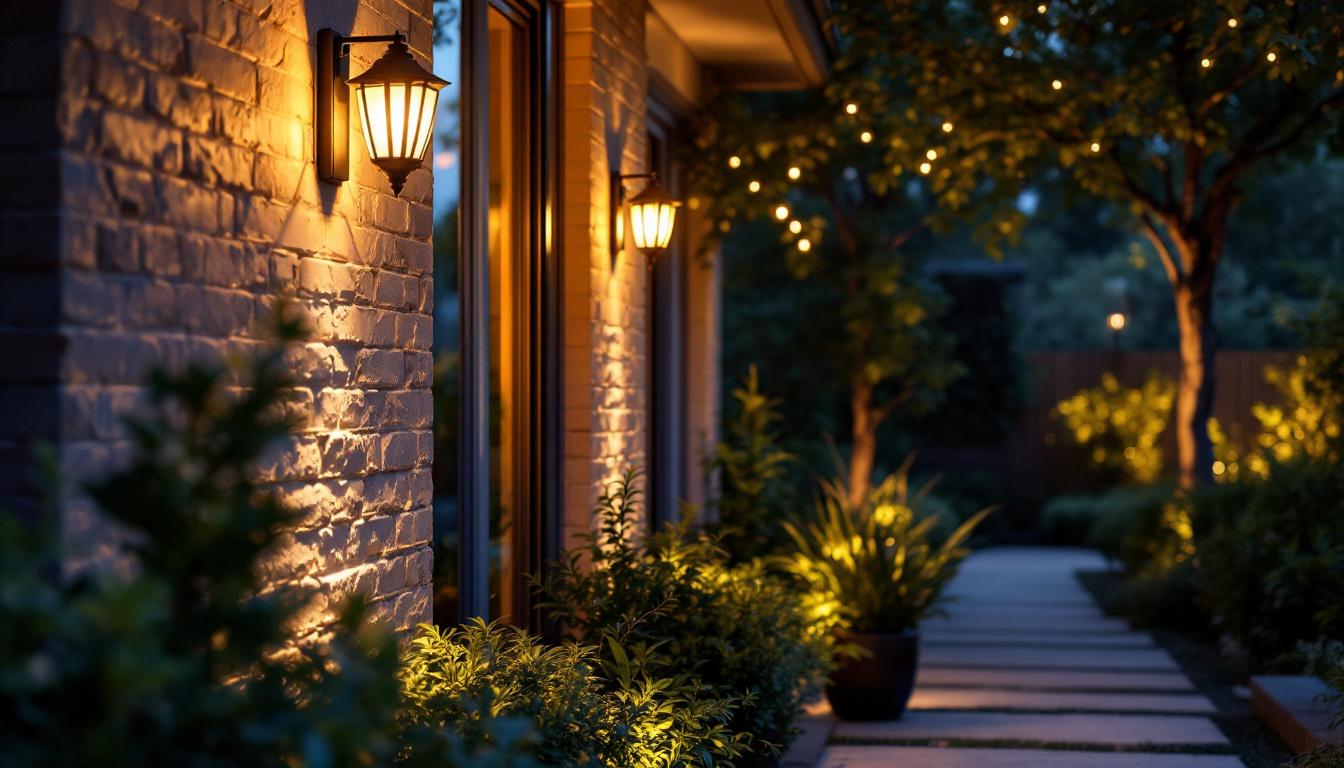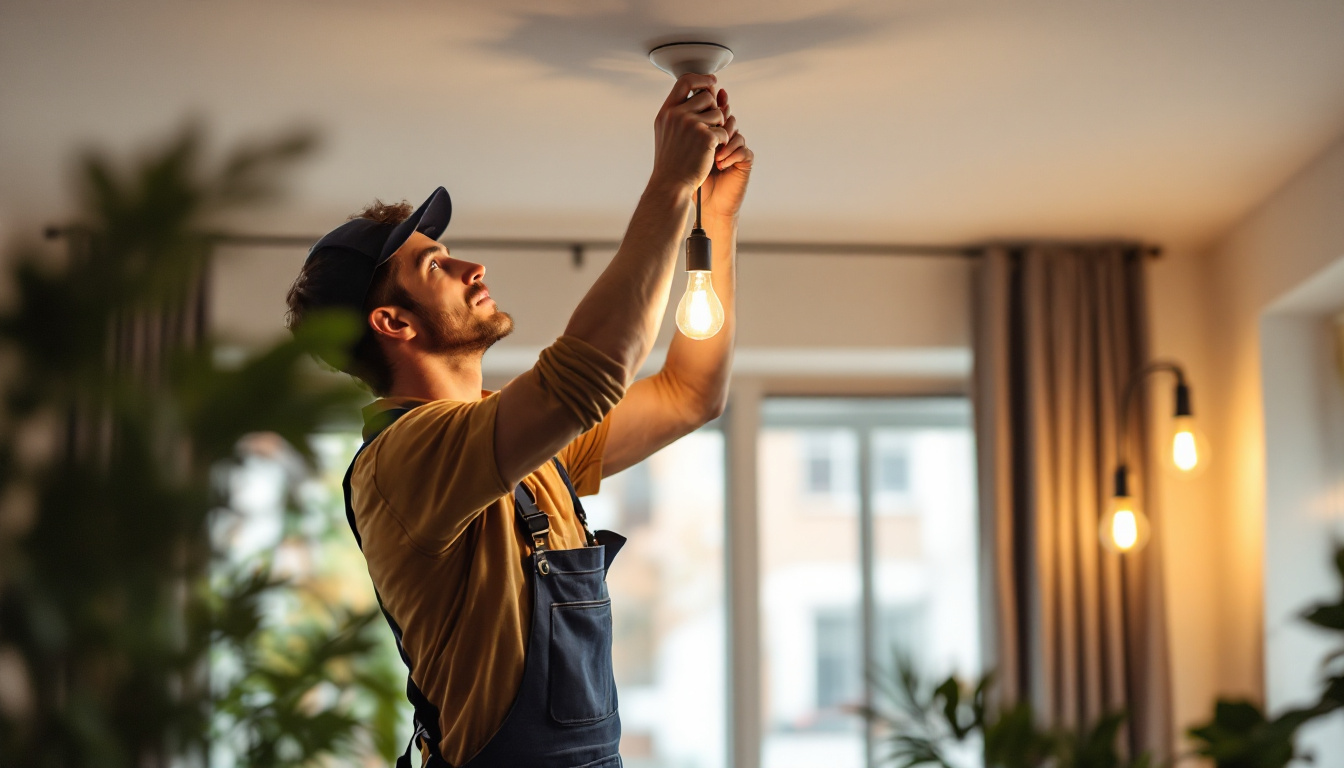
In the realm of outdoor lighting, the interplay of technology, design, and functionality creates an intricate tapestry that lighting contractors must navigate. Understanding the science behind outdoor lighting not only enhances the aesthetic appeal of spaces but also ensures safety, efficiency, and sustainability. This article delves into the fundamental principles of outdoor lighting, offering insights that can empower lighting contractors to elevate their projects.
Outdoor lighting serves multiple purposes, from enhancing security to creating ambiance. To effectively implement outdoor lighting solutions, it is crucial to grasp the basic principles that govern light behavior and its interaction with the environment. Properly designed outdoor lighting not only improves safety but also elevates the aesthetic appeal of a property, making it more inviting and enjoyable during the evening hours.
Outdoor lighting can be categorized into several types, each serving distinct functions. Understanding these categories allows contractors to tailor their designs to meet client needs effectively. Each type of lighting can be strategically placed to maximize its effectiveness, ensuring that both functionality and beauty are achieved in the outdoor space.
The choice of light source significantly impacts the quality and efficiency of outdoor lighting. Here are the primary types of light sources commonly used:
Color temperature, measured in Kelvin (K), influences the mood and functionality of outdoor spaces. Lower Kelvin values (2700K-3000K) provide a warm, inviting glow, ideal for residential settings. In contrast, higher values (4000K-5000K) offer a cooler, more clinical light, often preferred for security applications. The choice of color temperature can dramatically affect how outdoor areas are perceived; warm light tends to create a relaxed atmosphere, while cooler light can enhance visibility and alertness, making it suitable for areas requiring heightened security.
Moreover, the integration of smart lighting technology allows homeowners to customize the color temperature and brightness of their outdoor spaces according to their preferences and activities. For instance, during social gatherings, one might opt for a warmer hue to foster a cozy environment, while a cooler light might be preferred for evening walks or outdoor workouts. This flexibility not only enhances the usability of outdoor areas but also contributes to energy savings by allowing users to adjust lighting based on specific needs and times of day.
Effective outdoor lighting design is not merely about illumination; it involves creating a harmonious balance between light and shadow. Lighting contractors must consider various design principles to achieve optimal results.
Layering light involves combining different types of lighting to create depth and interest. This technique enhances the visual appeal of outdoor spaces and caters to various functional needs. For instance, a well-lit patio may incorporate ambient lighting for overall illumination, task lighting for dining areas, and accent lighting to highlight landscaping features.
Shadows play a crucial role in outdoor lighting design. By strategically placing lights, contractors can create intriguing shadow patterns that add drama and dimension to a space. This technique is particularly effective in gardens and architectural landscapes, where shadows can enhance the natural beauty of plants and structures.
Establishing focal points is essential in outdoor lighting design. By highlighting specific features, such as trees, sculptures, or architectural elements, contractors can guide the viewer’s eye and create a visual hierarchy. This approach not only enhances aesthetics but also ensures that important areas are well-lit for safety and functionality.
As the world moves towards more sustainable practices, lighting contractors must prioritize energy efficiency in outdoor lighting projects. Understanding the science behind energy-efficient lighting can lead to significant cost savings and environmental benefits.
LEDs are at the forefront of energy-efficient lighting solutions. Consuming significantly less power than traditional incandescent bulbs, LEDs can last up to 25 times longer, reducing the frequency of replacements and maintenance costs. Their versatility in design and color options further enhances their appeal for outdoor applications.
Solar-powered outdoor lighting is gaining popularity as a sustainable option. These fixtures harness sunlight during the day and convert it into electricity for nighttime use. While initial costs may be higher, the long-term savings on energy bills and minimal maintenance make them an attractive choice for eco-conscious clients.
Integrating smart technology into outdoor lighting systems offers contractors the ability to optimize energy usage. Smart lighting solutions allow for remote control, scheduling, and dimming capabilities, enabling users to adjust their lighting based on needs and preferences. This not only enhances convenience but also contributes to energy savings.
Safety is a paramount concern in outdoor lighting design. Properly illuminated spaces reduce the risk of accidents and deter criminal activity. Lighting contractors must adhere to specific guidelines to ensure safety while creating visually appealing environments.
Pathways and entrances should be well-lit to prevent trips and falls. Lighting contractors should consider the height and placement of fixtures to provide adequate illumination without causing glare. Additionally, using low-level lighting can create a welcoming atmosphere while ensuring safety.
Dark spots can create hazards and diminish the overall effectiveness of outdoor lighting. Conducting a thorough assessment of the area is essential to identify potential dark spots and address them with appropriate lighting solutions. Techniques such as uplighting trees or installing wall sconces can effectively eliminate these areas.
Outdoor lighting fixtures must withstand various weather conditions. Selecting materials that are corrosion-resistant and rated for outdoor use is crucial. Additionally, proper installation techniques can enhance the durability and longevity of the lighting system, ensuring it remains functional and safe over time.
Lighting contractors must be aware of local regulations and best practices when designing outdoor lighting systems. Compliance with these guidelines ensures that installations are safe, efficient, and environmentally friendly.
Local building codes often dictate the types of fixtures and installation methods that are permissible. Familiarity with these codes is essential for contractors to avoid potential fines and ensure that their projects meet safety standards.
Following best practices during installation can significantly impact the effectiveness of outdoor lighting. This includes proper fixture placement, ensuring adequate spacing between lights, and using appropriate wiring methods. Additionally, contractors should consider the maintenance needs of the lighting system to ensure long-term performance.
Educating clients about the benefits of outdoor lighting and the importance of proper installation can foster trust and satisfaction. Engaging clients in the design process allows contractors to tailor solutions to their specific needs while ensuring they understand the value of their investment.
The field of outdoor lighting is constantly evolving, driven by technological advancements and changing consumer preferences. Staying informed about emerging trends can help lighting contractors remain competitive and innovative.
As smart home technology becomes increasingly popular, the integration of smart lighting solutions in outdoor spaces is expected to grow. This trend allows homeowners to control their outdoor lighting remotely, enhancing convenience and energy efficiency.
Human-centric lighting emphasizes the impact of light on well-being. Outdoor lighting designs that consider human needs, such as circadian rhythms and visual comfort, are likely to gain traction. Contractors who prioritize these aspects can create more inviting and health-conscious environments.
Future outdoor lighting designs will likely place greater emphasis on aesthetics and seamless integration with the landscape. Contractors will need to explore innovative ways to blend lighting fixtures with natural elements, enhancing the overall beauty of outdoor spaces.
Understanding the science behind outdoor lighting is essential for lighting contractors seeking to elevate their projects. By grasping the fundamentals of light behavior, design principles, energy efficiency, safety considerations, and emerging trends, contractors can create outdoor lighting solutions that are not only functional but also visually captivating. As the industry evolves, staying informed and adaptable will be key to meeting client expectations and achieving success in the competitive landscape of outdoor lighting.
Ready to bring your outdoor lighting projects to the next level? At LumenWholesale, we provide you with the highest quality, spec-grade lighting products at prices that can’t be beaten. Say goodbye to local distributor markups and hello to our extensive selection that meets rigorous industry standards. With free shipping on bulk orders, you can trust that you’re getting premium lighting at the best value — without any hidden fees. Elevate your lighting solutions today and experience the unbeatable combination of quality, affordability, and convenience. Visit us at LumenWholesale for Wholesale Lighting at the Best Value.

Discover the ultimate guide for lighting contractors on growing LED lights.

Discover essential facts about dusk to dawn outdoor sconces for lighting contractors.

Discover the must-have materials and innovations from Electrical Materials Company that are transforming the toolkit of modern lighting contractors.

Discover cost-effective strategies and expert tips for lighting contractors to enhance their projects without breaking the bank.